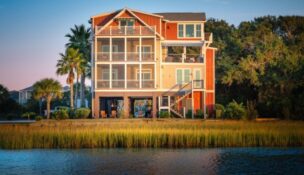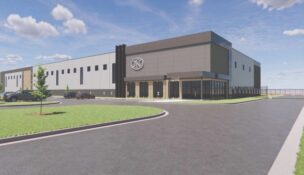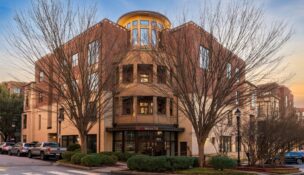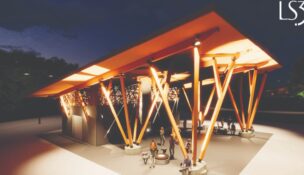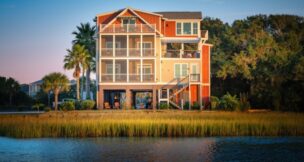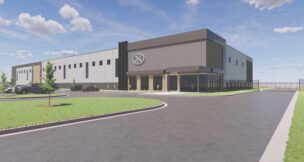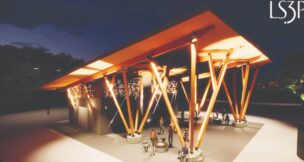Columbia industrial real estate market shows record strength
Christina Lee Knauss //August 30, 2023//
Columbia industrial real estate market shows record strength
Christina Lee Knauss //August 30, 2023//
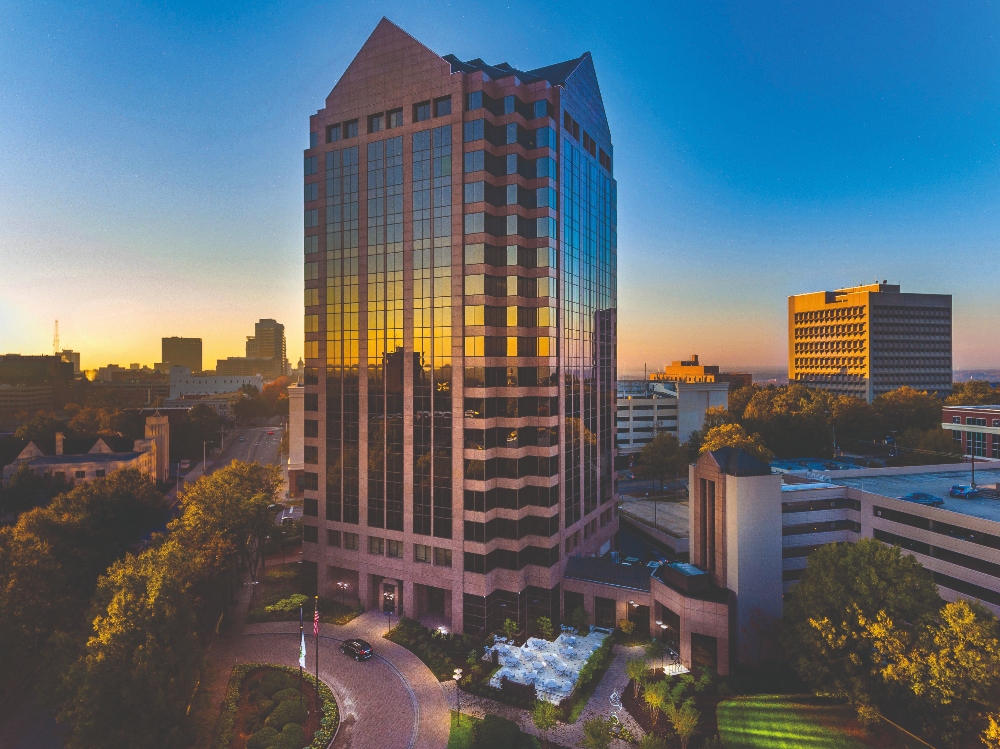
Commercial real estate markets in the greater Columbia area have not been experiencing the uncertainty and downturns seen in some commercial sectors nationwide so far in 2023.
In fact, recent reports show record strength in the Midlands’ industrial market, the first positive absorption rate in the area’s office market since 2019, and consistently high performance in retail.
Data compiled by Colliers South Carolina shows that the ongoing increase in the number of businesses moving to South Carolina, with the corresponding surge in new suppliers and new residents, has kept commercial markets in the state, the Midlands included, from experiencing some of the ups and downs that markets in other parts of the country are seeing.
The greater Columbia area is reaping the benefits of new companies moving to the area to do business, as well as others coming in because of the area’s proximity to major interstates and the state’s ports. Experts at Colliers say the available workforce in the Midlands is another factor driving positive growth.
Industrial. The industrial sector is by far the standout performer in the Midlands so far in 2023, according to a report from Colliers South Carolina. The data showed that industrial vacancy in the area fell to a record low of 2.4% during the second quarter, the lowest level on record and lowest of the state’s three major markets. This occurred despite 1.2 million square feet of delivery, according to the report.
“The bottom line is that our market fundamentals for industrial are as good as they’ve ever been — we’ve got a very low vacancy rate coupled with a very high level of user demand,” said Thomas Beard, vice president of industrial services with Colliers. “In some other parts of the Southeast and the country, they have a lot of space coming online and are wondering how they are going to fill all of it. On the flip side, in Columbia we have a very high level of demand and with very few existing opportunities to satisfy a lot of the requirements clients need.”
Positive absorption in the Midlands industrial sector is largely being driven by manufacturers and third-party logistics providers, most of which are new to the market, according to the report.
Beard said manufacturers looking at the Midlands are seeking two things: enough space to support their local operations and facilities with sufficient power to expand production capabilities.
Speculative real estate is more in demand and more needed than ever before, Beard said. Two projects currently under construction are expected to deliver in the third quarter: Magnus Development Partners’ 252,750-square-foot Gateway 1 building in the 803 Industrial Park, which has 196,550 square feet available, and Summit Real Estate Group’s 351,540-square-foot building in the Pineview Trade Center is expected to deliver in December.
Ground also will be broken on two other class A buildings later this year — a 519,000-square-foot building at the Sandy Run Industrial Park in Calhoun County and Magnus’ 210,000-square-foot Access 77 buildings.
“Those buildings moving into the under-construction stage will eventually help alleviate some of the tenant demand, but we’re going to need more product, more continued speculative development to remain competitive with the other markets we compete with,” Beard said.
Offices. Office spaces are languishing in some areas of the country, due to the continued increase in remote and hybrid work and some office workers’ reluctance to return to in-person work. That isn’t the case here in Columbia, however. During the second quarter, office vacancy in Columbia dropped significantly to 15.3%, largely due to tenant demand for better-quality spaces, according to a report from Colliers.
“The office market in the Midlands is in a very good condition as of right now,” said Allen Wilkerson, vice president of office services for Colliers. “You hear a lot of doom and gloom nationwide about offices, but we’re not really seeing that.”
Wilkerson said Columbia’s office market is likely benefiting from the fact that most of the area’s workers don’t have to make long commutes to get to their offices, and ongoing population growth in the area is keeping the office worker population relatively stable.
A nationwide trend of “flight-to-quality” in the office sector is continuing and, in some cases, growing stronger, Wilkerson said. Employers are increasingly finding that if they want to continue to attract workers to an office atmosphere, they need to occupy class-A, better quality spaces with modern design and finishes and a full package of amenities, situated in desirable areas in proximity to restaurants and stores.
Absorption for office space was also positive during the second quarter for the first time since 2019, and rents for office space increased to $21.52 per square foot.
According to the report, buildings along Main Street in downtown Columbia, as well as offerings in the Vista and the BullStreet District meet the criteria of high-quality space that many tenants are seeking. On the flip side, buildings that lack the high-quality amenities they seek are expected to continue to languish, “unlocking opportunities for redevelopment and reducing the overall amount of office space,” the report said. Older or lower quality office space, while not appealing to workers, might find new life through being repurposed for other uses.
This repurposing is already evident in the Columbia market, according to the Colliers report. Since 2017, 16 office properties have been removed from the area’s office inventory. Some of the buildings were converted to public use, such as 1401 Main St. Others were repurposed into hotels or apartments (1233 Washington St., 1200 Main St. and 1310 Lady St.). Others were purchased with the intent to demolish the building and reuse the land, including the Richland Office Center, DXC Campus and the former State Media Company building.
Wilkerson said demand for high quality office space is also strong in the St. Andrews area, Harbison and Irmo. One area not seeing a growth in office demand is northeast Columbia, where retail has continued to grow but the office market has been on a downturn for more than a decade.
“You do have nicer, newer buildings out in that area so there is no reason they should not perform well,” Wilkerson said. “It’s just a matter of getting the right businesses into those spaces. With the recent announcement about Scout coming to Blythewood, we will also probably start seeing some shift in office demand in the Northeast, but it’s not an overnight fix.”
Retail. The high-profile bankruptcies and store closings that plagued big box stores like Bed Bath and Beyond earlier this year have caused some people to cry doom and gloom about retail, but that negativity isn’t evident in the greater Columbia area’s retail sector, according to Rox Pollard, vice president and director of sales for Colliers South Carolina. Pollard said occupancy levels in most of the Midlands’ outdoor retail properties like strip shopping centers remain high, with the biggest demand for smaller spaces of 3,000 square feet or less.
Pollard said the strongest categories in retail currently include quick-serve restaurants, specialty fitness providers (pilates, stretching, yoga, indoor spinning) and specialty health care, with a particularly strong demand for physical therapy.
The loss of big box retailers like Bed Bath and Beyond also isn’t causing too many long-term vacancies, Pollard said, with many of the spaces vacated by the big-box chains already seeing interest from other tenants.
Pollard said the greater Columbia area is seeing healthy retail submarkets in “almost a 360-degree radius” from a currently strong retail environment downtown Columbia, including southeast Columbia along the Garners Ferry Road corridor, Forest Acres, Harbison, Ballentine, Chapin and the northeast Columbia area.
“There is really not any part of town that is not experiencing positive retail growth,” Pollard said.
e






